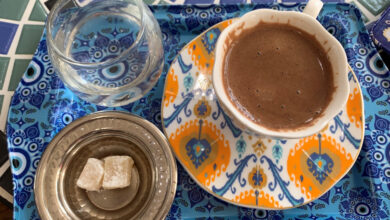SPORTS MEDICINE: Heat Illness
By Dr. Matt Fontaine

Heat illnesses comes in many forms—ranging from minor heat cramps and heat syncope, to the more serious heat exhaustion or most severe, heat stroke. All of them can be easily exacerbated if you’re not paying attention.
Heat Cramps
Exercising in hot weather can lead to muscle cramps, especially in the legs. Signs of heat cramps include muscle pain, dehydration, cool, clammy skin.
Heat Rash
Heat rash, also known as prickly heat or milaria, is a type of skin irritation (e.g. hives) cause by excessive sweating.
Heat Syncope
Someone who experiences heat syncope will experience the sudden onset of dizziness or fainting as a result of overheating. As with heat cramps, the skin is pale and sweaty but remains cool.
Heat Exhaustion
Can be a precursor to heat stroke. Heat exhaustion is characterized by a moderate rise in body temperature, dizziness, nausea and vomiting, and a headache. You might also experience weakness, lack of coordination, heat cramps, heavier than normal breathing and a fast, weak pulse.
Heat Stroke
Heat stroke is a serious, life-threatening condition that occurs when the body loses its ability to control its temperature. When exercising in high temperatures and humidity, the body cannot successfully cool temperature through sweating. Symptoms include strong rapid pulse, staggering, dizziness and altered mental status, confusion, and lack of sweating,
Heat stroke is a true medical emergency. If a person has the symptoms of heat stroke, you should notify emergency services (911) immediately.
Hyponatremia
This is a little known condition that occurs when the level of sodium in your blood is abnormally low. Sodium is an electrolyte and is essential for optimal cell function. It is needed for all electrical impulses and regulated cellular osmotic pressure. When sodium levels in the body are too low, water tends to enter cells, causing them to expand or even rupture. When this occurs in the brain, it is referred to as cerebral edema.
When does hyponatremia occur?
This condition can occur anytime there is profuse sweating in combination of over hydrating without electrolytes. Therefore, athletes must be aware that this can occur from over hydrating with plain water. Consuming excessive amounts of water causes electrolyte depletion which can lead to dizziness, illness and even death.
Sports Drinks vs. Water
The key to proper hydration is how quickly can the fluids be absorbed. This is largely dependent on the composition of the fluids in terms of carbohydrate (sugar), sodium (salt) and potassium concentrations. For training over an hour at medium to high intensity, look for a drink that provides between 13-19 grams of carbohydrate per 8 oz serving, and at least 80-110 mg sodium —and even more for longer duration training.
Because of the high sugar content in most sports drinks, absorption can take longer. So it is best to dilute the drink in half with water.
Dr. Matt Fontaine is a board-certified Doctor of Chiropractic Medicine, who focuses on combining chiropractic, sports medicine, and Active Release Techniques® (A.R.T). An avid athlete, he is dedicated to athletes and understands the needs of active individuals. He is also team sports doctor to the Alexandria Aces and runs Potomac Physical Medicine at 113 N. Henry Street in Old Town, Alexandria.





